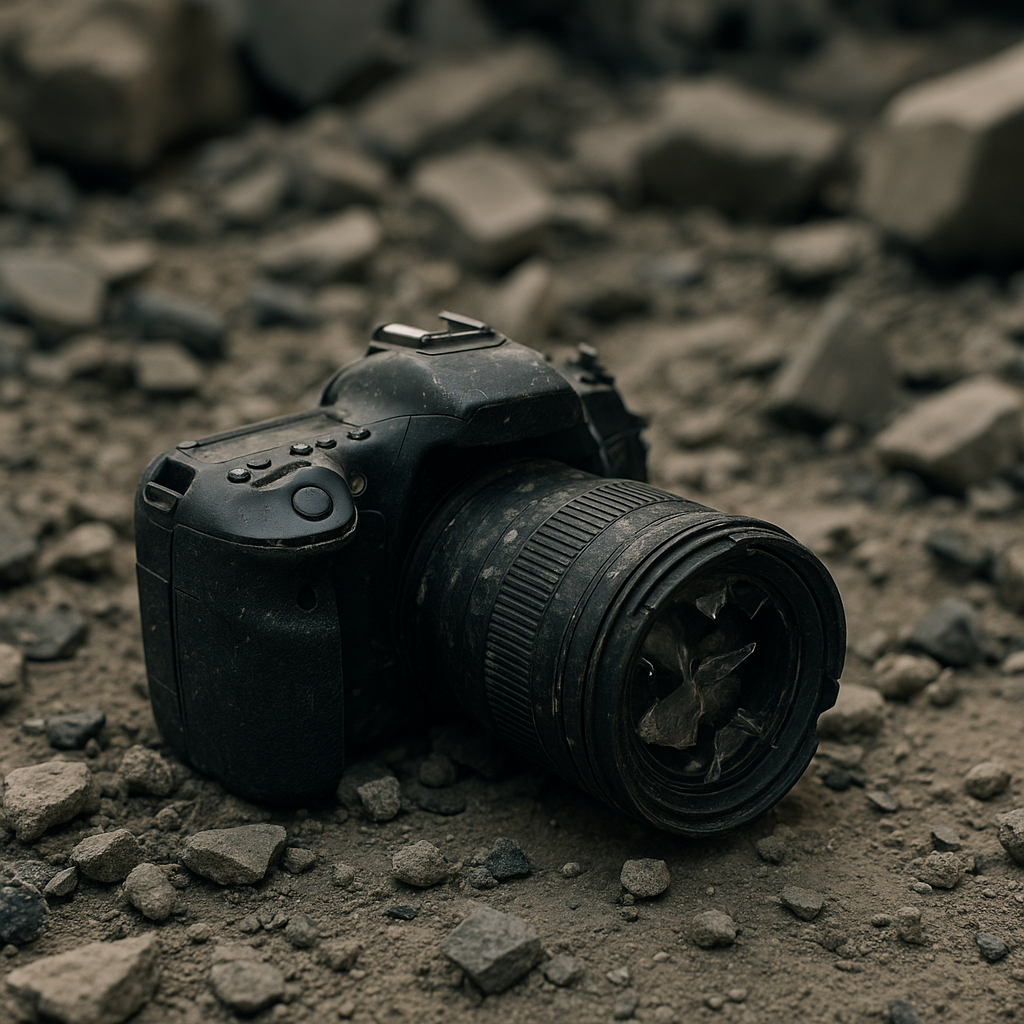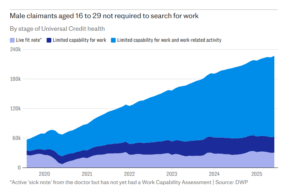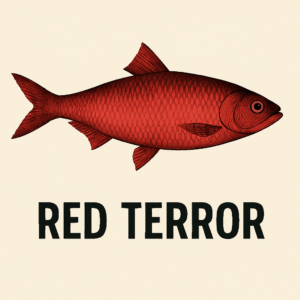The official statement dresses it up as counter-terrorism. The familiar claim that a journalist was secretly a militant, this time “head of a terrorist cell” within Hamas. There is no credible evidence, only an army press office and a conveniently posthumous intelligence file. The UN’s special rapporteur on freedom of expression had already called the allegations “unsubstantiated” when Israel first circulated them last month. But the point is not whether the charge is true or false. The point is that even if it were true, you do not kill journalists. The laws of war, as frayed as they are, still recognise that a press that can be executed at the discretion of an occupying army is no press at all, it is propaganda by default.
Al-Sharif, one of Al Jazeera’s most recognisable faces in Gaza, was not killed in the chaos of a firefight. He was inside a tent clearly marked for journalists, just outside al-Shifa hospital, when an Israeli airstrike obliterated it on Sunday night. Six others died with him: correspondents Mohammed Qreiqeh, Ibrahim Zaher, Mohammed Noufal, Moamen Aliwa, and two others. They had been covering the bombardment from one of the few remaining vantage points where Gaza’s war could still be filmed and narrated in real time.
This was not the first attempt to silence him. The previous month, an IDF spokesperson publicly accused him of Hamas membership, a digital death sentence in a war where online smears have preceded physical strikes. Al-Sharif knew the risk. He told the Committee to Protect Journalists in July that he lived “with the feeling that I could be bombed and martyred at any moment”. That same month, his final posts warned of “intense, concentrated Israeli bombardment” in Gaza City’s east and south. Days earlier, he had left behind a statement (posted after his death ) that could serve as his own indictment of the war: “I never once hesitated to convey the truth as it is, without distortion or falsification. Allah may bear witness against those who stayed silent… those who choked our breath… doing nothing to stop the massacre.”
For Israel, killing journalists is not collateral damage. It is strategy. Since 7 October 2023, according to Gaza’s government media office, it has killed 237 journalists; the Committee to Protect Journalists confirms at least 186. Families have been wiped out alongside their reporting relatives: Wael al-Dahdouh’s wife, son, daughter, and grandson; cameraman Samer Abu Daqqa; reporter Hossam Shabat; Ismail al-Ghoul and his cameraman Rami al-Rifi. The pattern is unmistakable. Israel does not allow foreign journalists into Gaza. It targets local ones, especially those working for the few outlets that still broadcast Palestinian suffering to the outside world.
The smear-then-kill method has precedent. The United States did it in Iraq, painting journalists as “propagandists” before killing them in strikes on Baghdad hotels. Russia does it in Ukraine, marking reporters as “foreign agents” before they disappear. The apartheid regime in South Africa did it in the townships; Latin American juntas did it in their cities. The purpose is the same: kill the witness, erase the testimony, and leave only the official story standing.
Israel’s excuse this time is not just implausible; it is an admission. By saying openly that it targeted al-Sharif, it confirms that the war is also a war on information. In the age of live-streamed bombardment, the camera has become as threatening to state impunity as any weapon. The logic is brutally simple: without images of starving children, collapsed hospitals, or mass graves, the genocide becomes deniable, contestable, an “allegation” rather than a documented fact.
Al-Sharif refused to leave northern Gaza even after Israel killed his father in December 2023. He understood that bearing witness is a form of resistance, but also a form of survival: the telling keeps the dead from disappearing twice, first in flesh, then in memory. That is why armies have always hated war correspondents. It is why the IDF preferred to kill him in his tent rather than have him live to broadcast another day.
The message is meant to be chilling: any journalist, anywhere in Gaza, can be killed with impunity if the state decides to call them a militant. The truth is meant to be buried with them. But there is also a counter-message, one that Israel cannot fully control. In his last written words, al-Sharif put it plainly: history will remember not just the killers, but those who stood aside, those who looked away. That ledger is still being written.
Killing a journalist is not just killing a person; it is killing the possibility of truth. Once that is gone, only the official lie remains, and in Gaza, that lie is written in the language of extermination.




